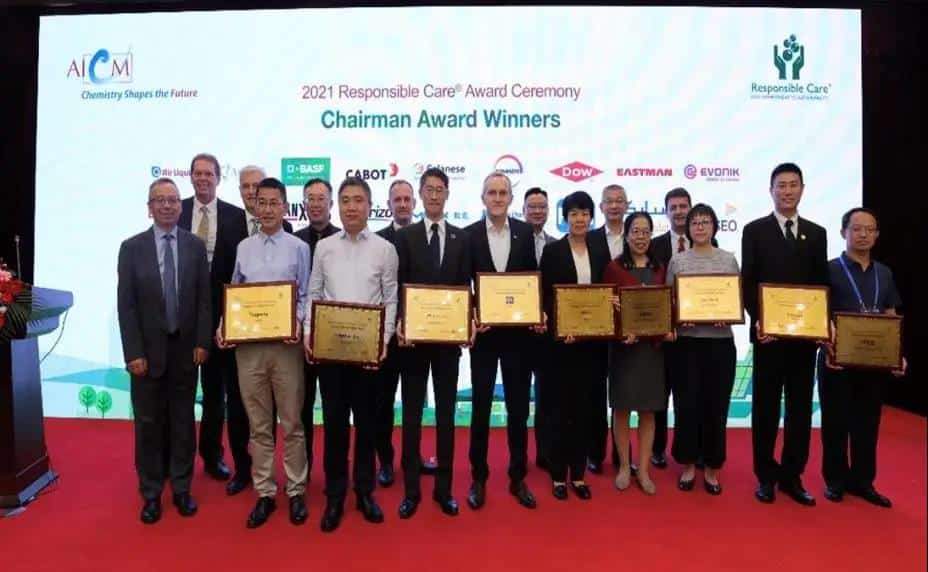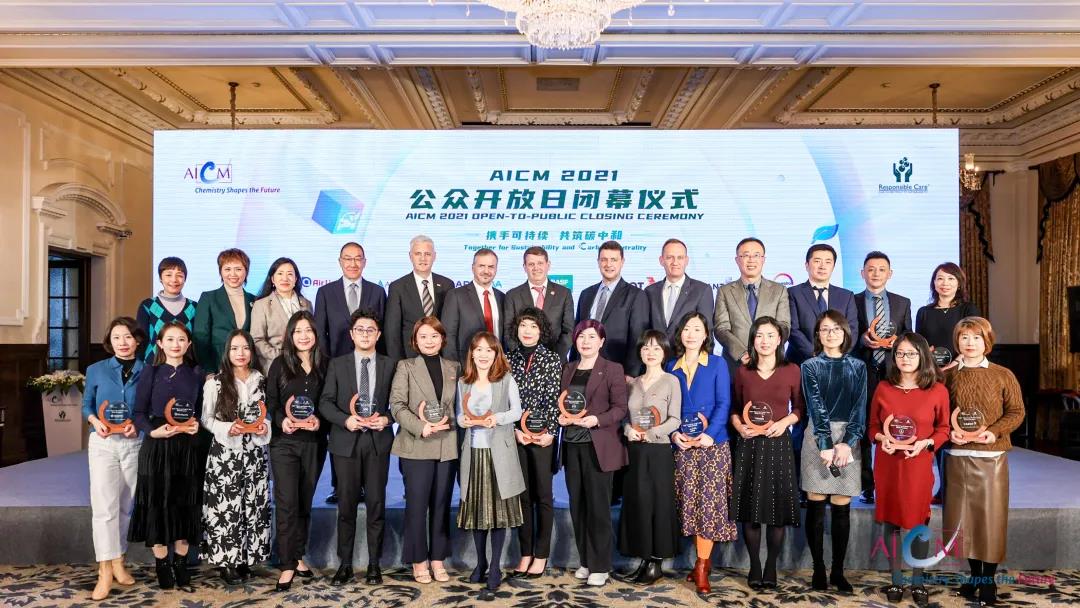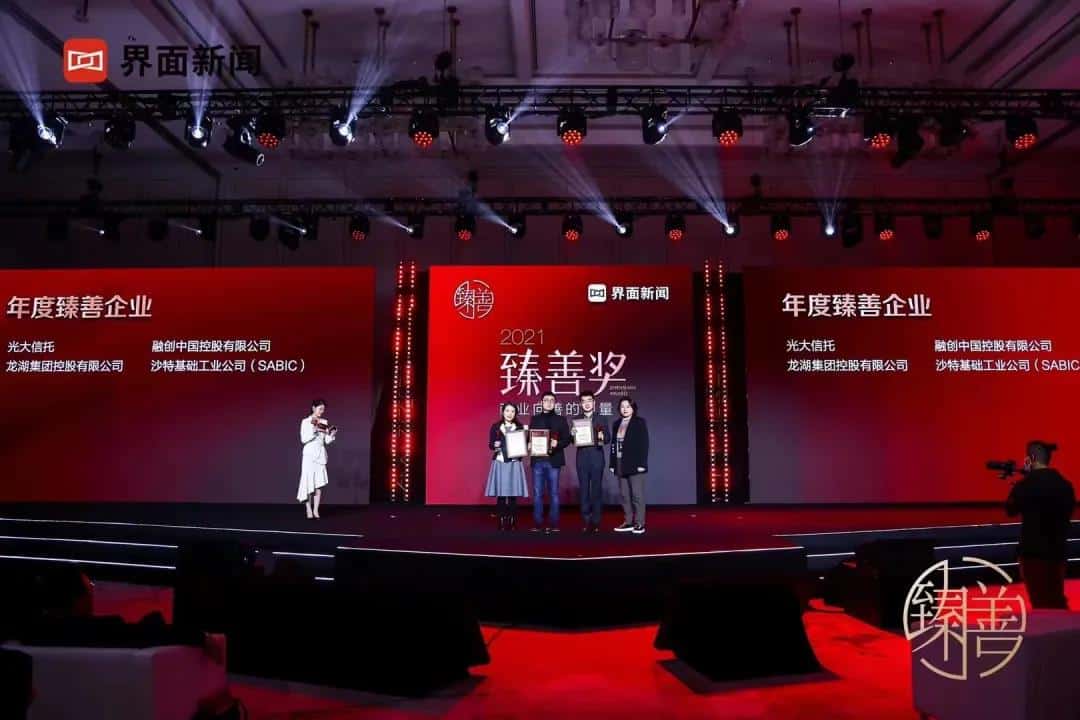The most cost-effective plastic resin with a heat resistance of 250°C! Do you know the difference between linear PPS(polyphenylene sulfite) and cross-linked PPS?
According to the molecular weight, PPS resin can be divided into high molecular weight, medium molecular weight and low molecular weight resin; according to the structural composition, it can be divided into linear, branched and modified resins (copolymerization, block, crosslinking, grafting, etc.); In terms of usage, it can be divided into coating type (average molecular weight Mw=~22600), injection molding type and extrusion type (Mw=~48000), fiber type (Mw=~52000), etc.
The synthesis methods of PPS mainly include sodium sulfide method (also known as Phillips method, solution polymerization method), sulfur method, oxidation polymerization method, p-halogenated thiophenate melting or solution self-condensation polymerization method, hydrogen sulfide method, cyclic phenylene sulfide Ring-opening polymerization of oligomers, etc. From the perspective of synthesis mechanism, the synthesis of PPS is mainly divided into four pathways, namely, nucleophilic substitution, electrophilic substitution, free radical polymerization and single electron transfer. Most industrial production uses the nucleophilic substitution reaction route. The catalyst is the key to the synthesis of PPS, including sulfonate, phosphate, carboxylate, halide and other systems, and the metal ions are mainly sodium salt, lithium salt, calcium salt, etc.
Among the types of engineering plastics with a heat distortion temperature above 250°C, PPS can be said to be the cheapest:
- Structure of PPS
It can be seen from the structure of the macromolecular chain of polyphenylene sulfide:
1) A linear or slightly branched polymer composed of benzene rings and sulfur atoms alternately arranged, with strong molecular chain regularity. The main chain connected by rigid benzene rings and flexible thioether bonds has the characteristics of both rigidity and flexibility, so PPS can be crystallized (the crystallinity of the original powder is as high as 75%, and the melting point is as high as 285°C).

2) Since the polarity of the sulfur atom is bound by the conjugation of the benzene ring and the high crystallinity, the whole polymer presents the characteristics of non-polar or weak polarity, so the electrical insulation, dielectric and chemical resistance are also very good. protrude. DIC FZ-1140 belongs to branched chain PPS.

3) Polyphenylene sulfide has good compatibility with many polymers and additives, so it can be modified by means of blending, strengthening, alloying, etc. to improve its physical and mechanical properties.
- Linear PPS and cross-linked PPS
Generally speaking, PPS has two types: linear type and branched chain type. PPS with different structures can be formed at different heat treatment temperatures. Sodium sulfide method, sulfur method, hydrogen sulfide method, etc. can be used to synthesize linear high molecular weight PPS. Among them, the hydrogen sulfide method has a long process and corrodes equipment. Therefore, the methods that can be industrialized at present are mainly the Phillips method and the sulfur method. Kureha, Japan used the sulfur solution method for a period of time, but it was not easy to solve the defects of the sulfur solution method, and then gave up. Therefore, most of the PPS polymerization manufacturers at home and abroad currently use the intermittent sodium sulfide method. What stands out is that Japan’s Toray adopts continuous sodium sulfide production.

The raw materials of this method are easy to obtain, and the product quality is good. The disadvantage is that the production process is long, and the raw material is difficult to refine. PPS contains a small amount of Na+ ions, which reduces the moisture resistance, electrical characteristics and molding performance of the product. The main products are straight-chain type, There are three kinds of semi-crosslinked and crosslinked.
In summary, there are some differences between linear PPS and branched PPS in terms of structure, physical properties, and chemical properties:

01
structure
Generally, heat treatment between 150 ° C and 350 ° C will result in PPS with molecular chain growth or branching, that is, linear PPS; while heat treatment above 350 ° C will produce PPS with a cross-linked structure, that is, cross-linked PPS.
Linear PPS: Polymerized by long chains, there is no chemical bond connection between molecular chains, and no cross-linking structure.
Branched-chain PPS: It is connected by covalent bonds between molecular chains to form a three-dimensional network structure.
02
physical properties

Generally, the natural color of linear PPS is natural white, while the natural color of cross-linked PPS is brown, and the color matching effect of linear PPS is better.

Linear PPS: It has high mechanical strength and rigidity, but is easy to deform and fatigue.
Branched-chain PPS: Compared with linear PPS, it has higher strength, enhanced heat resistance and wear resistance, but it is also more brittle and hard, and is not easy to deform.
Picture diagram The blue line is cross-linked PPS, the red line is linear PPS (Polyplastics)
03
chemical properties
Linear PPS: easy to soften and dissolve, acid and alkali resistance, grease resistance.
Branched-chain PPS: The chemical stability is higher, and the defects caused by the cross-linked structure make it more difficult to decompose and recycle, so it is necessary to pay attention to environmental protection when using it. DIC FZ-1140 and FZ-3600 belong to branched chain PPS; linear DIC FZ-2140 and FZ-6600 have the same chemical resistance as the above two.

04
Injection conditions
Different injection molding processes have a great influence on the performance of PPS.
Weld joint strength parameters can reflect the mechanical properties of PPS to a certain extent. Weld seam is one of the common defects in injection molded products, which not only affects the appearance quality of the product, but also affects the mechanical properties of the product. The weld seam strength of linear PPS is more than three times that of cross-linked PPS.

The relationship between impact strength and mold temperature of branched PPS DIC FZ-1140, FZ-3600 and linear PPS DIC FZ-2140, FZ-6600:

The relationship between bending strength and mold temperature of branched PPS DIC FZ-1140, FZ-3600 and linear PPS DIC FZ-2140, FZ-6600:

The relationship between cylinder temperature and tensile strength of branched PPS DIC FZ-1140:

The relationship between packing pressure and tensile strength of branched PPS DIC FZ-1140:

05
synthetic impurities
There are two main methods of PPS synthesis, solution polymerization and self-condensation polymerization. No matter which method is used, there will be reaction by-products such as sodium ions, chloride ions, potassium ions, etc. left in the polymer.
In general applications, there are not too many requirements on the impurity content of PPS, but if it is applied to hydrogen fuel cells, the lower the impurity content of the material, the better.
Linear PPS has significantly less ionic impurities than cross-linked PPS.

Modern PPS is produced using a unique & innovative production process:

06
Application field
Linear PPS: Toughness and water absorption resistance are better than cross-linked PPS. It is generally used in places that require toughness or cold and heat cycles. It is also more suitable for use in general mechanical parts, light industrial products, and electrical insulation materials.
Cross-linked PPS: It has been widely used in fields requiring higher hardness, such as electrical engineering, aerospace, and automobiles.




































